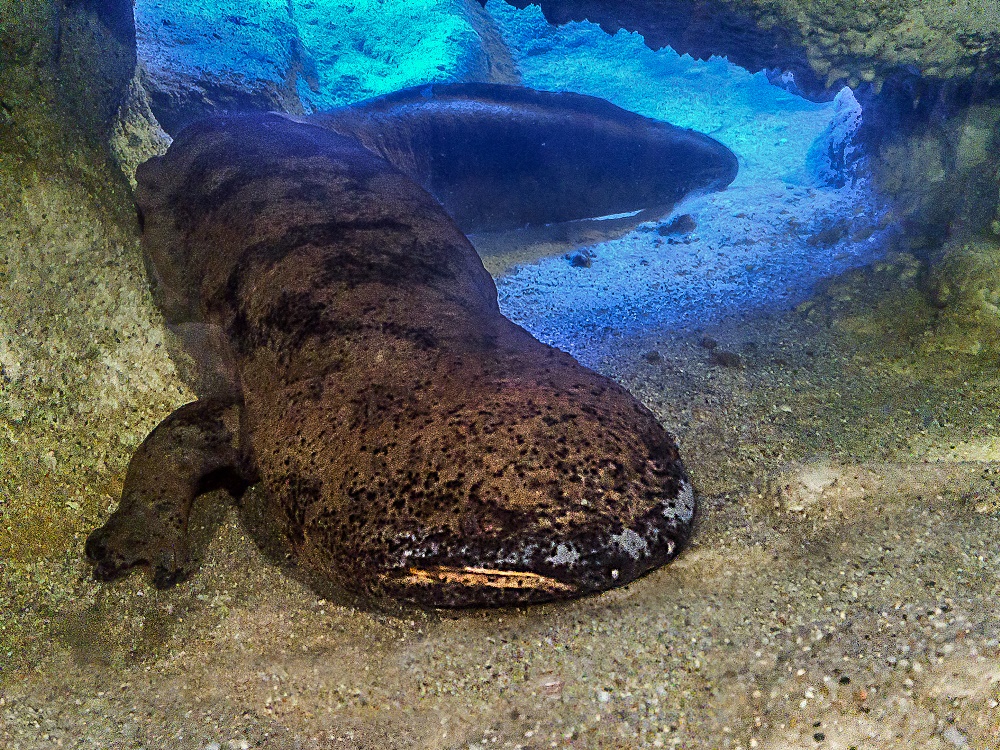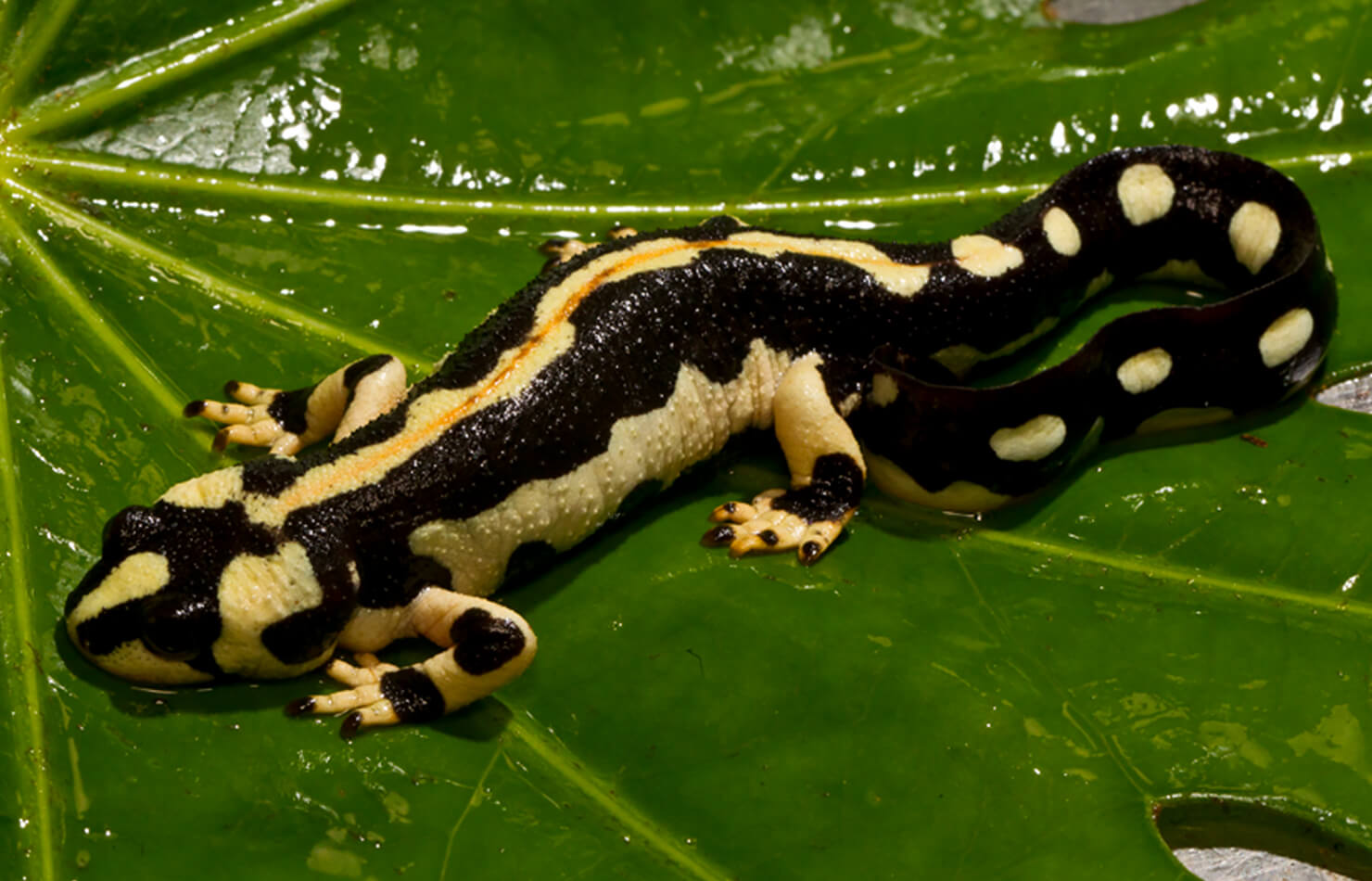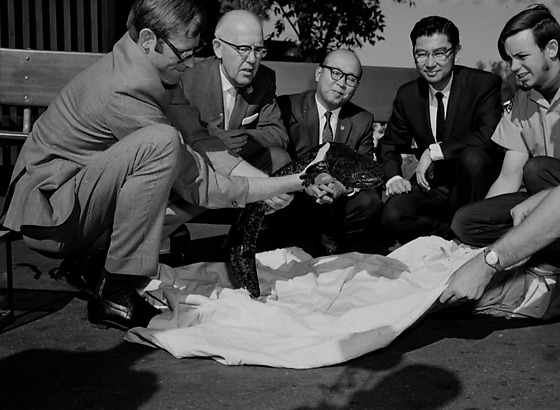

Instead, we find that the evolution of a short larval period promotes greater exploration of climatic space, leading to increased rates of climatic niche evolution across species having this trait. Rates of climatic niche evolution are unrelated to the mean climatic niche breadth of species with different life histories. Using this phylogeny, we estimate rates of climatic niche evolution for species with long, short, and no aquatic larval stage.


We reconstruct a phylogeny for the genus Desmognathus, an adaptive radiation of salamanders distributed across eastern North America, based on nuclear and mitochondrial genes. Here, we explore the relationships among life‐history variation, climatic niche breadth, and rates of climatic niche evolution. Variation in life history traits often plays a key role in determining the environmental conditions under which species can survive, and therefore, could impact the rate at which lineages can expand in available climatic niche space. However, why the climatic niche evolves more rapidly in some clades than others remains unclear. Rates of climatic niche evolution vary widely across the tree of life and are strongly associated with rates of diversification among clades. More biotic and dispersal information is needed to determine the true impact that changes in climate will have on the distribution of Plethodon species. Grouping species into lineages with similar geographic ranges can be a viable method of determining conservation needs. Clades of Plethodon species are unlikely to be in danger of extirpation despite the possibility that individual species may be threatened as a result of limited distributions. While some established habitats may become more or less climatically suitable, the overall distribution of species in this group is unlikely to be significantly affected. Species responses to climate change resulted in both increases and decreases in predicted suitable habitat, though most species ranges do not contract, especially when taken as a phylogenetic group. The distribution of western Plethodon salamander species is strongly influenced by precipitation and less so by temperature. We explored aspects of the climate layers to determine whether we can expect a concerted response to climate change due to similarity in ecological niche or independent responses that could be harder to manage. We used several methods to quantify the change in habitat suitability over time from the models. Species distribution models were estimated using Ma圎nt for the current time period and for several future climate scenarios using bioclimatic data layers. Pacific Northwest of the United States (northern CA, OR, WA, ID, and MT).

We incorporated several greenhouse scenarios both on a species-by-species basis, and also using phylogenetic groups, with the aim to determine the best course of action in managing land area to conserve diversity in this group. Given that salamanders have experienced large shifts in their distributions over time, we determined how each species of Plethodon in the Pacific Northwest would respond to climate change. Although parallel diversification of sympatric clades may seem counterintuitive, we discuss several ecological and evolutionary factors that may allow the phenomenon to occur. These patterns are particularly surprising in that competition is known to be important in driving phenotypic diversification and limiting local coexistence of similar-sized species within these clades. At the local scale, we find that coexisting species from these clades are more similar in body size than expected under a null model in which species are randomly assembled into communities. Using a comprehensive, time-calibrated phylogeny of North American plethodontids from nuclear and mitochondrial DNA sequences, we show that these three clades have undergone replicated patterns of evolution in body size and that this parallel diversification occurred in broad-scale sympatry. Here, we document a very different pattern, the parallel evolution of similar body-size morphs in three sympatric clades of plethodontid salamanders (Desmognathus, Plethodon, Spelerpinae) in eastern North America. Such parallel radiations are not generally expected to occur in sympatry because the available niche space would be filled by whichever clade is diversified first. A classic paradigm in evolutionary biology is that geographically isolated clades inhabiting similar selective regimes will diversify to create similar sets of phenotypes in different locations (e.g., similar stickleback species in different lakes, similar Anolis ecomorphs on different islands).


 0 kommentar(er)
0 kommentar(er)
